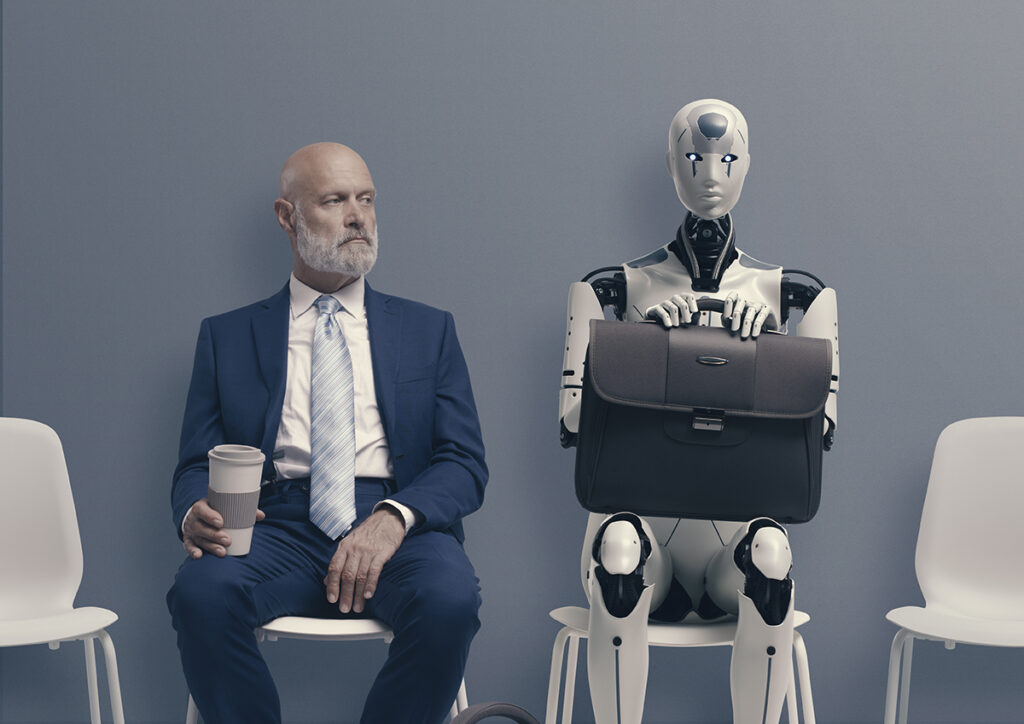Introduction:
Integrating artificial intelligence (AI) into the workforce has become a game-changer for businesses and individuals in an era dominated by technological advancements. With the right tools and techniques, training AI to be your next employee or assistant can significantly enhance productivity and streamline tasks. This blog post aims to guide you through the process, highlighting key steps and considerations for a successful AI integration.
- Define Your Needs and Objectives:
Before diving into AI training, it’s crucial to identify your specific needs and objectives. Understand the tasks you want the AI to handle and the goals you aim to achieve. Whether it’s automating repetitive processes, data analysis, or customer interactions, a clear understanding of your requirements will lay the foundation for practical AI training.
- Choose the Right AI Platform or Framework:
Selecting the appropriate AI platform or framework is essential for successful training. Popular choices include TensorFlow, PyTorch, and scikit-learn, each offering unique features and advantages. Consider factors such as the complexity of your tasks, the level of customization required, and the availability of pre-trained models to determine the most suitable platform for your needs.
- Collect and Prepare Data:
High-quality data is the lifeblood of AI training. Collect relevant datasets that mirror the real-world scenarios your AI will encounter. Ensure the data is diverse, representative, and accurately reflects the tasks you want the AI to perform. Preprocess the data by cleaning, normalizing, and augmenting it as necessary to improve model performance.
- Choose or Design a Model Architecture:
Selecting or designing the right model architecture is critical in AI training. You may opt for pre-trained models or build a custom architecture depending on your objectives. Factors such as computational resources, model complexity, and training time should influence your decision. Common architectures include convolutional neural networks (CNNs) for image processing and recurrent neural networks (RNNs) for sequential data.
- Training the AI Model:
Once the data and model architecture are in place, initiate the training process. Utilize a training set to teach the model the desired tasks, and validate its performance on a separate validation set. Adjust hyperparameters, such as learning rate and batch size, to optimize the model’s accuracy. Monitor the training process and be prepared to iterate and refine the model as needed.
- Evaluate and Fine-Tune:
After the initial training, evaluate the AI model’s performance using a test set. Assess accuracy, precision, and recall metrics to gauge its effectiveness. Fine-tune the model based on the evaluation results, adjusting to enhance its performance on specific tasks.
- Implement and Monitor:
Once the model’s performance is satisfied, integrate it into your workflow or application. Monitor its behavior in real-world scenarios and continuously update the model as needed. Regularly evaluate the AI’s performance and adapt to changes in your requirements or data patterns.
Conclusion:
Training AI to be your next employee or assistant requires careful planning, the right tools, and ongoing monitoring. By following these steps and staying abreast of technological advancements, you can unlock the full potential of AI to streamline tasks, increase efficiency, and contribute to the overall success of your endeavors. Embrace the future of work by incorporating AI as a valuable team member.

